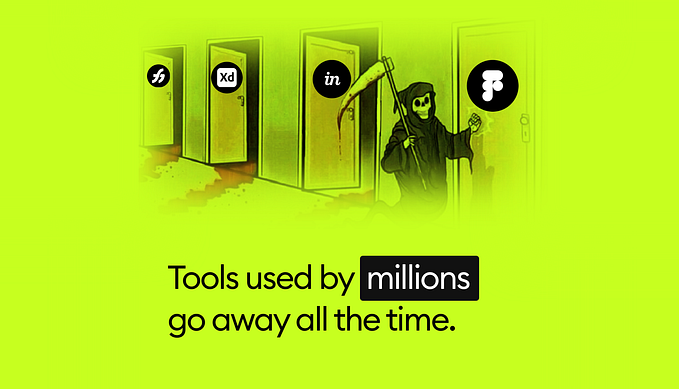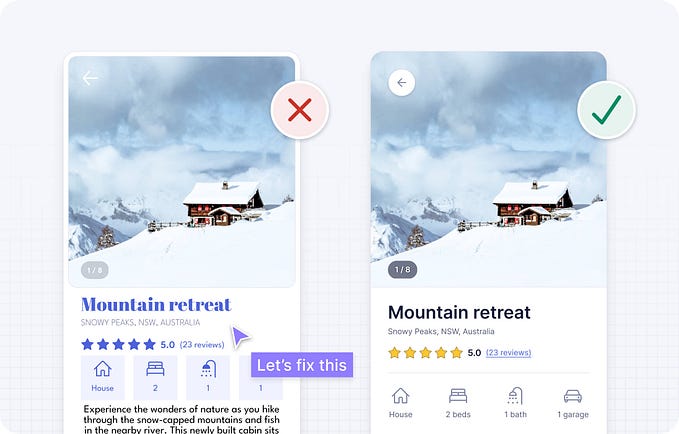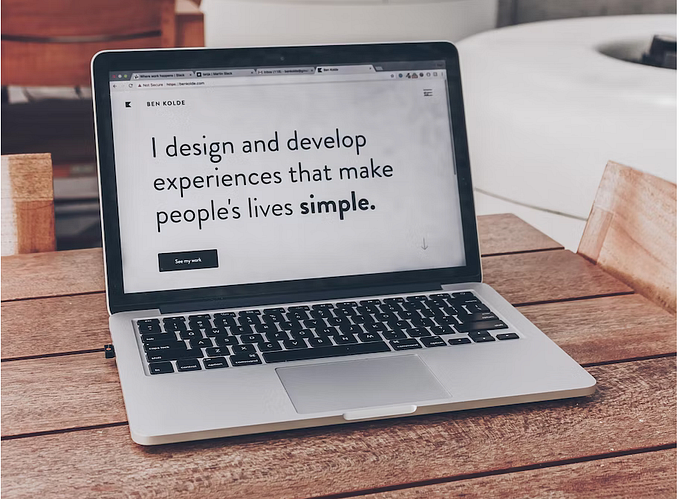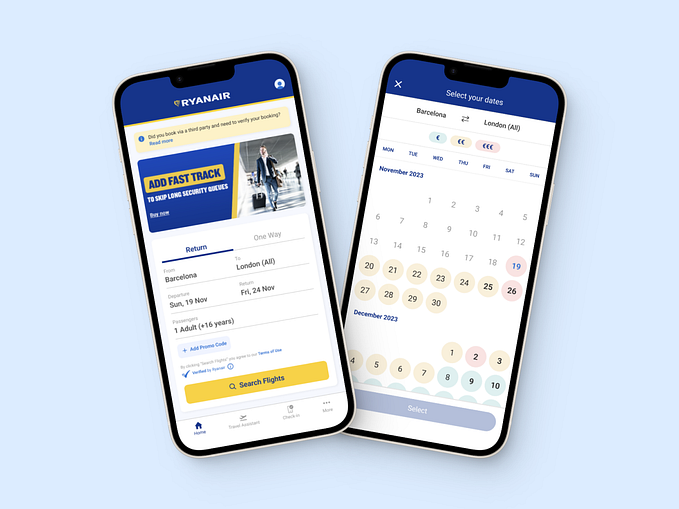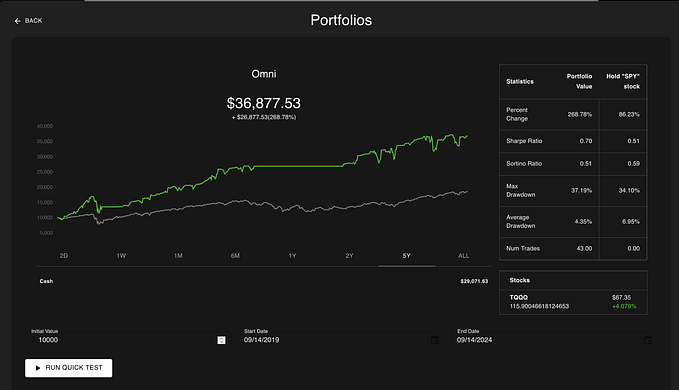Member-only story
How I see a lesson from Flash holds a future of prototyping

 Prototyping is critical part of UX process. Obviously, prototyping tools play significant roles, and we have seen various software programs throughout the past decades. Among these tools, I would like to focus on Adobe Flash (now called Animate), and share what I learned from using it for years, and why I think a lesson from Flash holds a future of prototyping. Let me dive in.
Prototyping is critical part of UX process. Obviously, prototyping tools play significant roles, and we have seen various software programs throughout the past decades. Among these tools, I would like to focus on Adobe Flash (now called Animate), and share what I learned from using it for years, and why I think a lesson from Flash holds a future of prototyping. Let me dive in.
History of modern-day prototyping
When we think about the future of prototyping, it’s worth looking back in a history. A chart below shows major prototyping and authoring tools from 1987 to 2020. On the bottom, I added key product/service launches that impacted the world, which provides an overall historical context. The list is not exhaustive, but you get the idea.

The rise and fall of prototyping tools have always been heavily influenced by the underlying technology trends, which can be divided roughly into 4 eras; 1) Multimedia Era, 2) Flash Era, 3) Web 2.0 Era, and 4) Mobile Era.
Strictly speaking, Microsoft Powerpoint, Adobe Photoshop, Illustrator, After Effects, PDF are not prototyping tools. But in…





